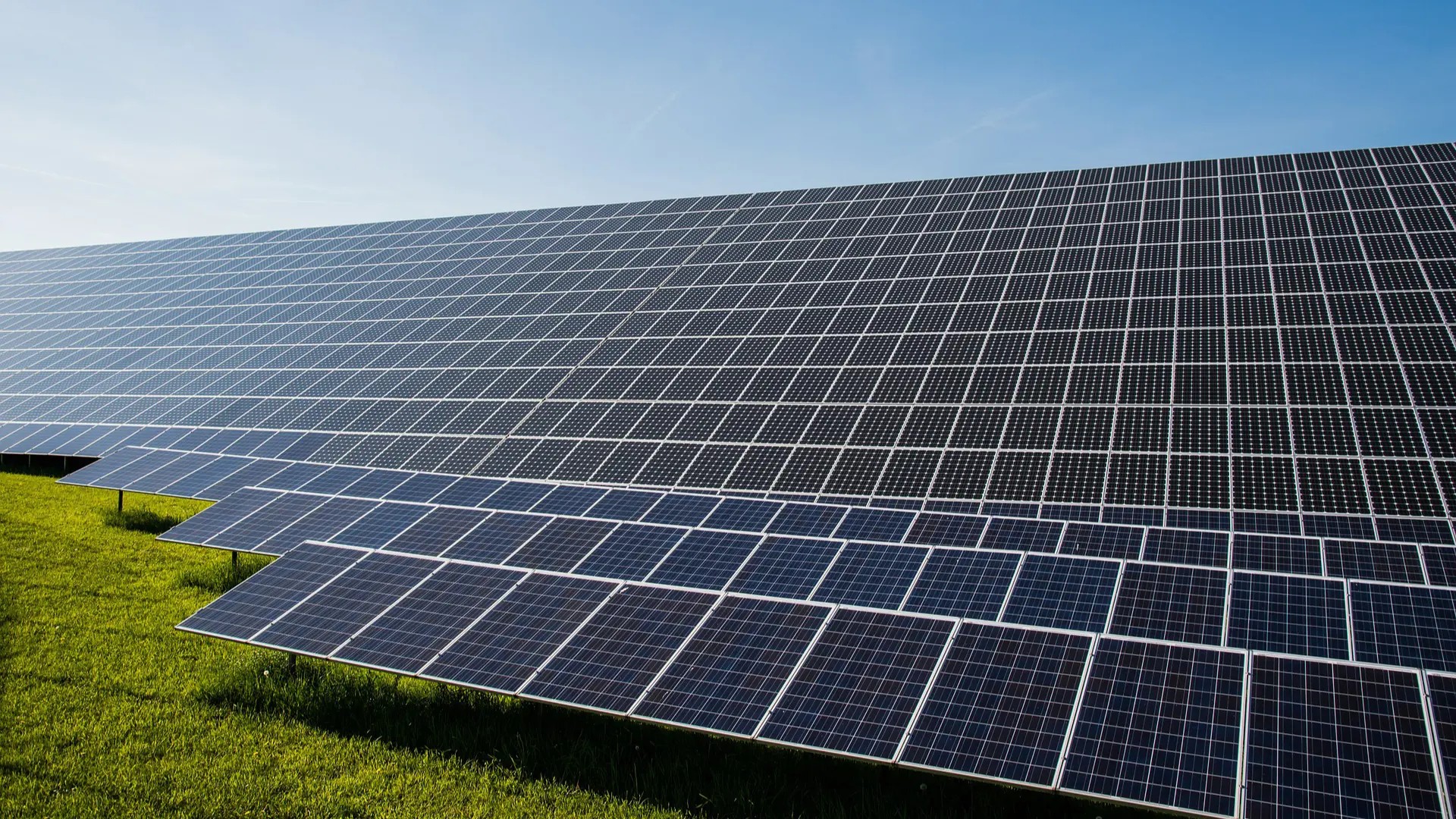
The use of solar energy is growing in Sweden. But the photovoltaics panels mounted on Swedish rooftops and in solar parks are almost exclusively imported. New research from Chalmers University of Technology shows how Sweden could have had a domestic industry for production of photovoltaics. The lack of a clear national strategy is one of the reasons why it did not happen.
A new article in the scientific journal Renewable and Sustainable Energy Reviews describes the growth of the solar energy industry in Sweden. The authors of the article are the Chalmers’ researchers Johnn Andersson, Hans Hellsmark and Björn Sandén at the Department of Technology Management and Economics, Division of Environmental Systems Analysis.
With the expansion of solar energy, a successful installation industry has emerged in Sweden. The installed photovoltaics (PV) products, however, are developed and manufactured abroad, especially in China.
“There is no reason why we could not have created a photovoltaics industry in Europe and Sweden as well. Initially, the idea was rather the opposite: ‘we can build a Swedish photovoltaics industry, but we will really not make use of solar energy here’. At the time, it was not thought that solar panels would be effective up here. Instead it was the industrial development that failed, because of the lack of right efforts”, says Professor Björn Sandén.
No strategic support
There are many explanations why this happened. In the article, the authors discuss, among other things, the absence of strategic political support measures.
“Political actors did not have a holistic perspective on development and therefore failed to create a cohesive innovation system, which can create conditions for domestic development in all parts of the photovoltaics value chain: from manufacturing to installation”, explains Johnn Andersson, whose doctoral thesis was the basis for a large part of the research.
“If we had invested differently, we might have been able to participate in the industrialization process. It is not certain in any way, and it is not easy for a small country to manage something like this. But of course we can industrialize things here – If there is a will. A recent example is battery manufacturing, which is now gaining ground in Sweden as well. But when it comes to photovoltaics, there are few trying to see the whole picture and how to invest in the area strategically”, says Björn Sandén.
The state has several important roles to play. It has access to instruments that no other actors have, can set rules for the market, create infrastructure, shape expectations and develop networks. Based on these conditions, it is up to entrepreneurs and other actors to act.
Is it a lost race, is it too late for Sweden to catch up now?
“We are still only at the beginning of a development. There are lots of untapped opportunities. Today, solar energy is only a few permille or percent of what it will be in the end, in terms of size. There is still a huge growth in all possible directions. As an example, we point to the thin films that can have special application areas. When you connect it with building materials or applications in vehicles or whatever it may be, many new opportunities will arise”, says Björn Sandén.
What would be the point of manufacturing in Sweden, then? Apart from obvious benefits for Swedish economy and Swedish jobs, and perhaps shorter transports.
“More and more companies are thinking about the entire life cycle and the entire supply chain: What are the ethical and environmental consequences that occur in this chain. As for photovoltaics produced in China, there is a discussion about the use of coal energy to produce them, and what about the working conditions, and so on. When you start to think about the entire production chain and the consequences of it, it can affect where you want to locate the production. This can be an argument for placing it in Sweden, for example.”
Björn Sandén believes there is a general benefit to think about climate change and industrial policy in unison:
“You can gain a lot from thinking about these two issues at the same time, so you can take advantage of the industrial opportunities that come with the global energy transition. Especially for a country with advanced competencies like Sweden.”
The history of the Swedish photovoltaics industry
The development can be divided in different phases. In the 1980s and 1990s, there was an advance of knowledge in thin film technology. It was discussed how this could be exploited in Sweden and attempts were also made to commercialize the technology. The foremost example is the company Solibro. They were bought by a German company, which in turn was taken over by a Chinese company. There was a lack of interest from the Swedish industry, one reason being the absence of earlier similar products. There were also other tracks with different types of technology that led to smaller companies, but nothing of considerable size.
During the 1990s, and detached from the previously mentioned development, a modular assembly industry started to grow in Sweden. Photovoltaic cells were imported, assembled, and then the finished modules were exported. This became a large industry for a while, before it was completely wiped out when prices fell sharply as international competition intensified and large production plants were built in China.
As photovoltaics became cheaper and with the help of national subsidy programs the use of solar energy systems started to grow. Today, there is no production of photovoltaics modules left in the country. There are some smaller initiatives, such as university spin-offs and other small businesses in the area. But more than anything, there is a growing installation industry.
The scientific article
Photovoltaics in Sweden - Success or failure? by Johnn Andersson, Hans Hellsmark, Björn Sandén. Renewable and Sustainable Energy Reviews, Volume 143, June 2021, 110894
How the research was carried out
The research in the article is based on a socio-technical systems perspective on technological innovation. Description and analysis are based on interviews with various types of stakeholders, a comprehensive review of public support initiatives, scientific publications and news articles, as well as reviews of relevant reports and websites. The research has been funded by the Swedish Energy Agency.

- Senior Researcher, Environmental Systems Analysis, Technology Management and Economics

- Full Professor, Environmental Systems Analysis, Technology Management and Economics